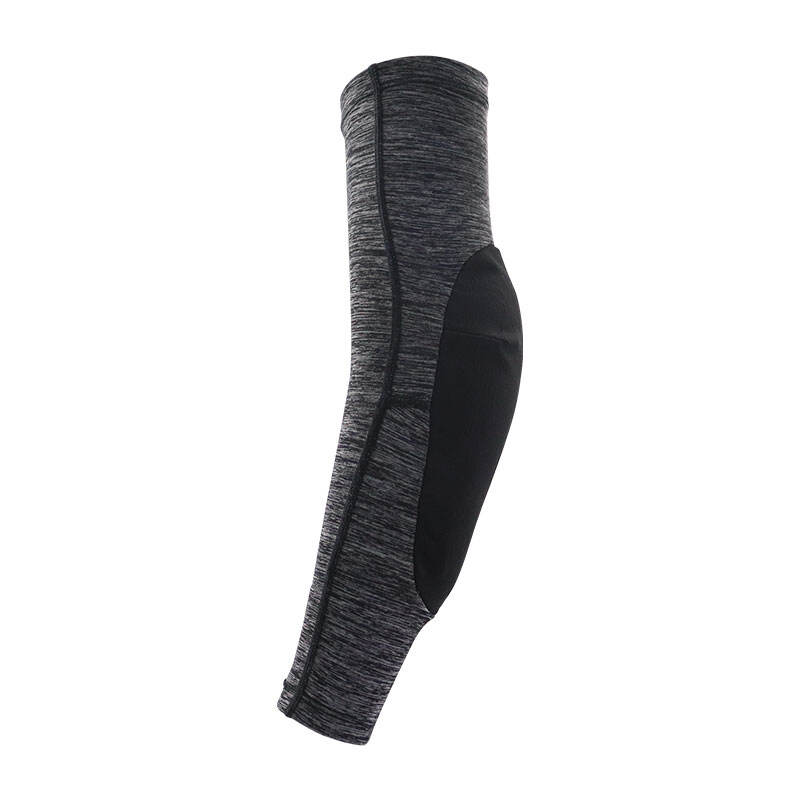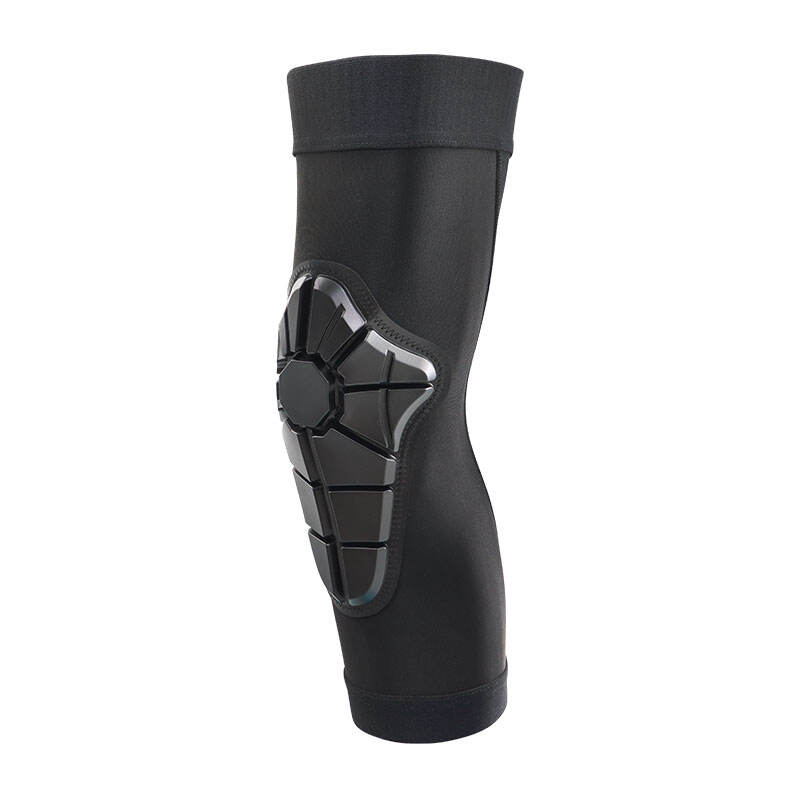The evolution of polyurethane (PU) foam technology has transformed knee pad protection by enhancing impact resistance significantly. PU foam is known for its exceptional ability to absorb shocks, outperforming traditional padding materials by reducing injury risks. Recent studies show that PU foam can absorb up to 25% more force than conventional foams, making it a preferred choice for knee pads across various sports and activities. Additionally, the flexible nature of PU foam contributes to user comfort and mobility, allowing the pads to move naturally with the wearer's body. This flexibility ensures that the knee pads are not only protective but also user-friendly, providing comfort during long usage periods.
Explore more about Motorcycle Knee Pads.
Breathability is crucial in knee pad design, as it directly impacts user comfort during prolonged wear. Modern knee pad designs incorporate breathable mesh technology, significantly improving airflow and reducing overheating. The use of mesh allows for better ventilation, keeping the skin dry and minimizing sweat accumulation. Research has demonstrated a marked reduction in sweat-related discomfort with breathable fabrics, thus enhancing user experience. Materials like CoolMax and Lycra are frequently integrated, offering superior moisture-wicking properties that further enhance comfort during extended use.
Discover more about Knee Pads for Snowboarding.
Advancements in wear-resistant fabrics have greatly improved the durability and longevity of knee pads. These fabrics are engineered to withstand abrasive forces and maintain their integrity, even in demanding conditions. Testing standards for fabric wear-resistance ensure that materials used in knee pads can endure the rigors of sports activity—such as abrasiveness from falls—providing sustained protection and performance. Statistics indicate that these advanced fabrics can withstand significantly more wear and tear compared to traditional materials, ensuring that knee pads remain effective over time and reducing the frequency of replacements.
Learn more about Backcountry Ski Knee Pads.

Motorcycle knee pads are crucial for providing protection in high-speed and high-impact environments. These pads are designed with materials such as reinforced plastics and advanced foams to absorb and distribute force during a fall or collision, thus reducing the risk of injury. Materials like Kevlar and carbon fiber are often incorporated to enhance abrasion resistance and extend wear life. Testimonials from riders consistently highlight the reliability and effectiveness of these knee pads in safeguarding against sudden impacts. A well-cited example is the trust riders place in knee pads reinforced with thermoplastic polyurethane, which has been shown to withstand significant impacts while ensuring rider safety.
Cold weather poses unique challenges to the construction of knee pads for snowboarding and skiing, necessitating materials that can withstand low temperatures while providing ample protection. Thermal insulation features are integrated into these knee pads, using materials such as neoprene or fleece linings to retain body heat effectively. Products designed specifically for snowy conditions often boast excellent thermal ratings, ensuring warmth without compromising flexibility. For instance, knee pads that combine waterproof outer shells with insulated linings are highly valued in snowy settings for their ability to maintain comfort and warmth.
The demand for versatile protective gear has led to the development of knee pads adaptable to multiple sports activities. These modern designs offer flexibility, allowing athletes to transition smoothly between sports such as skateboarding, cycling, and skiing without needing to switch protective gear. The rise in multi-sport knee pads is driven by their appeal to diverse athletes seeking efficient protection without compromising performance across varying conditions. Market trends indicate a growing interest in these multifunctional knee pads, as evidenced by increasing sales figures. Such products not only meet athlete needs but also reflect a broader shift towards adaptable and durable sports equipment solutions.
The SBP671 knee/elbow pads stand out thanks to their EN1621-1 Level 2 safety rating, which reflects an advanced level of impact absorption and coverage typical of high-performance protective gear. This model utilizes PU foam and a comfortable mesh that is vital in dissipating shock during rigorous activities. User feedback has highlighted its effectiveness in real-world scenarios, particularly noting the wear-resistant cloth's ability to withstand extensive use. Certifications such as EN1621-1 Level 2 ensure consumer safety by indicating that the pads meet stringent European safety standards.

Designed to handle diverse terrains and weather conditions, the SBP672 knee pads offer a unique balance of mobility and protection. The pads feature a resilient yet flexible design, allowing users to move freely without compromising safety. User reviews speak highly of their performance in challenging environments, noting its ability to maintain high protection without inhibiting movement. The combination of comfort and rugged construction makes it an ideal choice for those seeking comprehensive protection irrespective of the conditions.

The SBP674GK knee pads incorporate lightweight Lycra for enhanced flexibility and comfort during physical activities. This material choice allows the pads to conform to the body while minimizing restrictions on movement, an important factor for athletes who require both protection and agility. Lycra is noted for its performance benefits, including breathability and ease of use, which experts agree are crucial in optimizing athletic performance. Lightweight materials in protective gear like these provide essential protection without the bulk.

The EN1621-1 safety standard is a critical benchmark in the manufacturing of protective gear, emphasizing impact protection and shock absorption. This standard ensures that knee pads, such as those in motorcycling or snowboarding, provide reliable protection against potential injuries. Manufacturers striving for this certification must adhere to rigorous testing criteria, including impact resistance and coverage, to achieve these ratings. Experts underscore the importance of these ratings, as they guide consumers in selecting gear that offers robust protection. As the demand for safer gear rises, understanding these ratings is vital in making informed purchasing decisions.
EU certification requirements for protective equipment play an essential role in setting compliance standards across the industry. This robust regulatory framework mandates that manufacturers adhere to stringent safety protocols, ensuring that products, like knee pads designed for snowboarding or backcountry skiing, meet international safety standards. Compliance with these regulations not only assures consumer safety but also influences manufacturers' market credibility and access to the European market. On the contrary, non-compliance can result in severe penalties and product recalls, highlighting the critical need for adherence to these regulations to maintain industry standards and safeguard consumers.
 Hot News
Hot News2025-12-08
2025-09-15
2024-12-30
2024-12-23
2024-12-09
2024-12-02